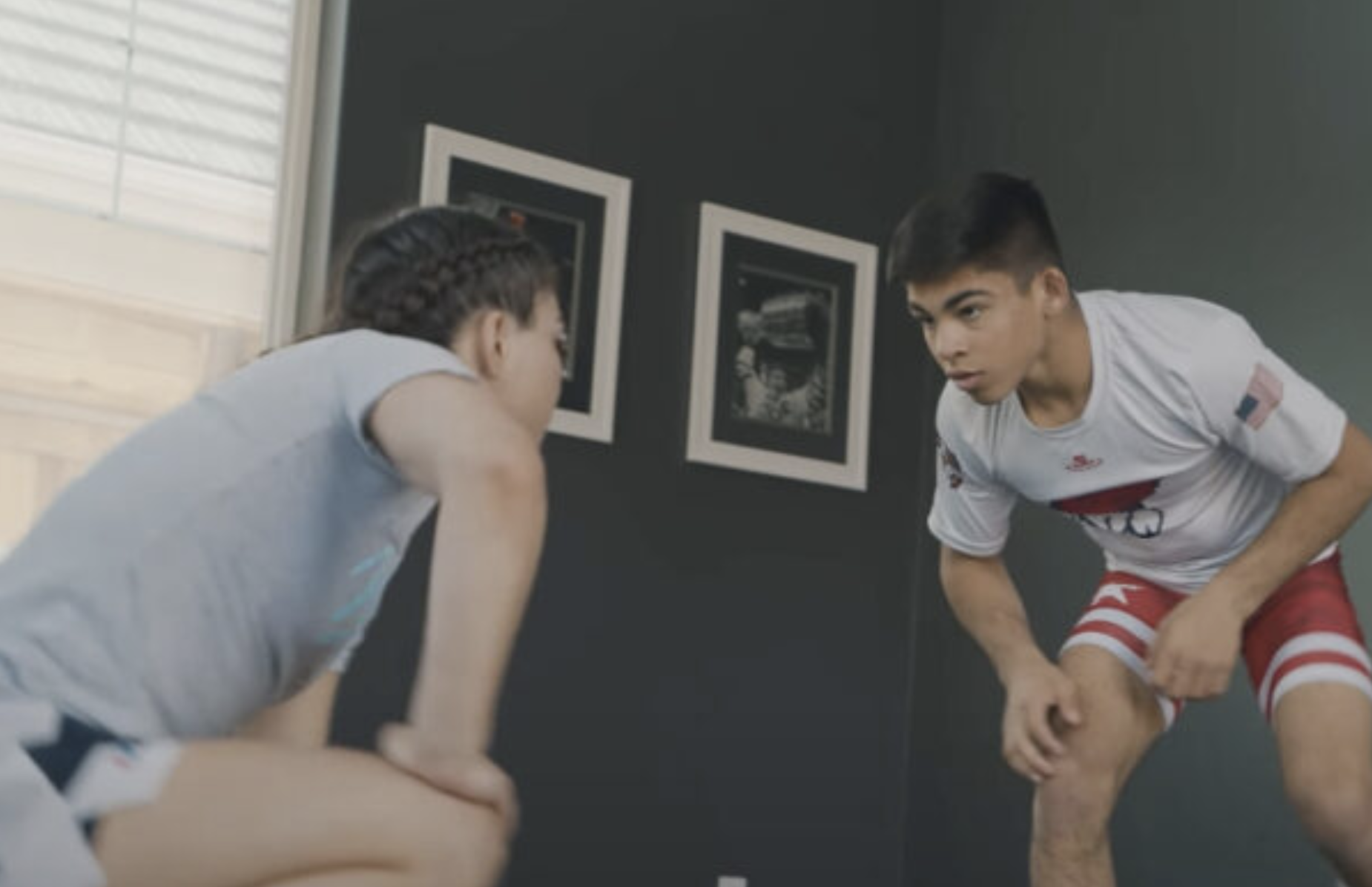
Eye-Hand Coordination: A Guide to Mastery
Introduction
In the myriad of complex human abilities, one often slips under the radar despite its profound impact on our daily tasks: eye-hand coordination. At its core, eye-hand coordination refers to the synchronized control of our ocular and manual movements, allowing us to perform tasks as simple as picking up a pen to as intricate as playing a musical instrument or performing surgery. Although many might not give it a second thought, it’s this very synchronization that makes so many facets of our lives seamless and efficient.
Every time we tie a shoelace, sketch a drawing, or catch a flying ball, we’re relying on this intricate dance between our vision and our hand movements. Yet, for all its ubiquity, the potential to harness and enhance this coordination often remains underestimated. In this guide, we’ll dive deep into understanding, appreciating, and mastering eye-hand coordination, showcasing its pivotal role in both common tasks and outstanding feats.
Grasping Eye-Hand Coordination
Imagine standing on a serene beach, toes sinking into the warm sand, as you watch a child chase a kite. The child’s eyes follow the kite intently, while their hands and arms move in perfect synchronization, tugging the string, making the kite dip and soar. This visual, though simple and everyday, exemplifies the intricate dance of eye-hand coordination in action. But what exactly is happening behind the scenes in such instances? Let’s dive in.
- Definition and Importance: Eye-hand coordination is the synchronized control and processing of visual input (what we see) and hand movement to execute a task. It’s not just about how quickly we react to what we see but how accurately our hands respond to that visual stimulus. This synchronization is crucial in tasks that range from the mundane, like buttoning a shirt, to the complex, like playing a fast-paced video game or driving a car in heavy traffic.
- The Brain’s Role: The brain is the maestro of this complex symphony. When our eyes perceive an object or movement, the visual cortex in the brain processes this information. Simultaneously, other parts of the brain related to motor skills, like the cerebellum and the basal ganglia, start preparing our hands for action. This intricate neural network allows our hands to respond accurately to the visual cues.
- Developmental Perspective: Eye-hand coordination begins to develop early in life. Babies start by simply staring at their own fingers, gradually progressing to reaching out for objects. By toddlerhood, they can grasp objects, stack blocks, and scribble – all significant milestones in eye-hand coordination. Throughout childhood and into adulthood, these skills continue to refine and can be honed further with specific training.
- Factors Influencing Coordination: Several factors can influence one’s eye-hand coordination:
In essence, eye-hand coordination is a testament to the body’s remarkable ability to integrate visual and motor functions seamlessly. While we often take it for granted, understanding and harnessing this capability can lead to enhanced performance in numerous fields, from athletics to arts and beyond.
Importance of Eye-Hand Coordination
Eye-hand coordination, sometimes termed hand-eye coordination, is one of those background skills we often don’t consider until faced with a task that challenges it. However, its impact and importance touch almost every facet of our lives. From the time we are infants reaching out to grasp a parent’s finger to older adults navigating daily tasks, this skill underpins our interactions with the world around us. Let’s shed some light on why eye-hand coordination is so pivotal.
- Daily Living Activities: At the most basic level, we rely on eye-hand coordination for everyday tasks:
Pathways to Improvement
Developing and honing eye-hand coordination is a continuous journey. While we naturally develop this skill as children, it can be further refined and even regained if diminished. Several pathways offer both fun and practical approaches to improvement. Let’s dive into these pathways and understand their contributions.
- Engaging in Skill-Based Sports:
Athletics Success Stories in Eye-Hand Coordination
The world of sports offers compelling examples of how exceptional eye-hand coordination can lead to unparalleled success. Let’s dive into the stories of three superstars whose mastery in this domain has made them legends in their respective sports.
- The Sharpshooter: Steph Curry
- Story: Stephen Curry, often hailed as the best shooter in NBA history, wasn’t always the towering figure he is today. Overlooked by major colleges and doubted by many because of his size, Curry’s extraordinary eye-hand coordination transformed his game.
- Eye-Hand Coordination’s Role: Whether it’s shooting from beyond the arc or navigating through a defense, Curry’s ability to see, process, and act with his hands, often releasing the ball within milliseconds, is unparalleled. This skill, combined with his rigorous training and relentless work ethic, has made him a two-time MVP and multiple-time NBA champion.
- The Ice Maestro: Sidney Crosby
- Story: Sidney Crosby, captain of the Pittsburgh Penguins, is considered one of the greatest hockey players of his generation. From a young age, he showcased a knack for understanding the game and controlling the puck.
- Eye-Hand Coordination’s Role: On the ice, Crosby’s exceptional eye-hand coordination allows him to control the puck, dodge defenders, and score with precision. His skill in deflecting pucks mid-air into the net or executing perfect passes demonstrates the vital role of coordination in his success.
- The Gravity-Defier: Simone Biles
- Story: Simone Biles, with her collection of Olympic gold medals, stands as the most decorated gymnast of all time. Her routines are a blend of power, grace, and intricate maneuvers that leave spectators in awe.
- Eye-Hand Coordination’s Role: In gymnastics, where a split-second mistake can lead to severe injuries, Biles’ flawless coordination stands out. Whether she’s on the balance beam, the floor, or vaulting, her ability to synchronize her sight with intricate hand placements and body movements results in performances that are nothing short of art.
Conclusion
In today’s fast-paced world, the art of synchronization between our eyes and hands plays an indispensable role, stretching beyond just the realms of sports. As we’ve seen from the captivating journeys of elite athletes like Steph Curry, Sidney Crosby, and Simone Biles, the mastery of eye-hand coordination can lead to groundbreaking achievements. This synchronization is a testament to the untapped potential within us, awaiting its due diligence of nurturing and refinement.
Whether you’re aiming for professional greatness or simply wish to enhance daily functions, the journey to improve your eye-hand coordination is a worthy pursuit. Its benefits permeate numerous aspects of life, from executing tasks with precision to enjoying leisure activities with increased proficiency.



